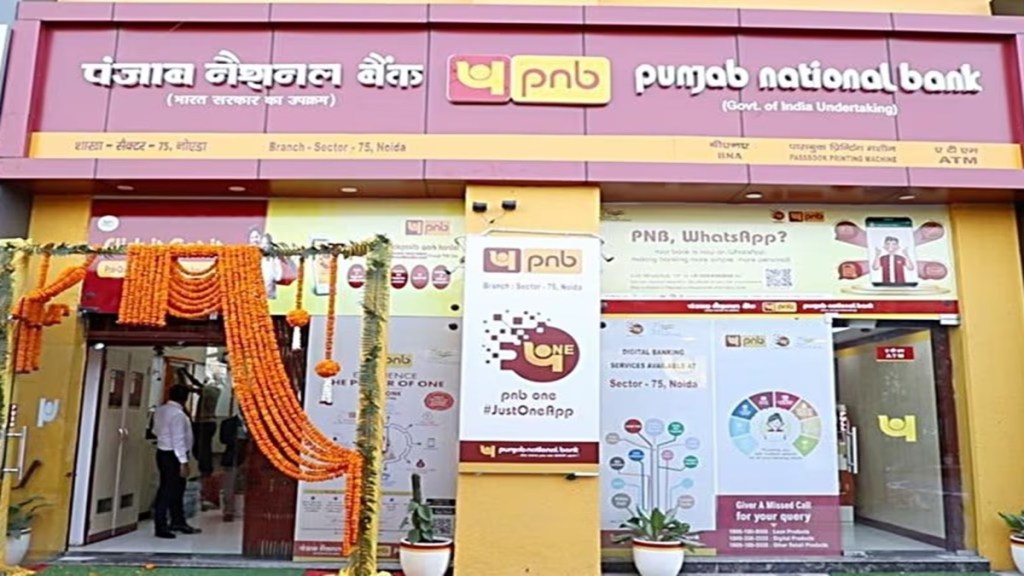India’s leading public sector lender Punjab National Bank has asked its customers to update their KYC details by August 12, otherwise their accounts will be suspended, the bank said in a statement on Friday.
The PSU lender, however, said that this direction is for those customers whose accounts were due for KYC (Know Your Customer) updation as of March 31, 2024.
“In adherence to the Reserve Bank of India (RBI) guidelines, the Punjab National Bank (PNB), nation’s leading public sector bank, has asked its customers to update their Know Your Customer (KYC) by 12.08.2024 to ensure smooth functioning of their accounts. This is applicable only for those customers whose accounts were due for KYC updation as of 31.03.2024,” the statement said.
Which are the documents required for KYC validation of PNB customers?
As part of the KYC compliance exercise, PNB customers are requested to provide their updated information like identity proof, address proof, recent photo, PAN, income proof, mobile number (if not available) or any other KYC information to their base branch.
Also read: HDFC Bank Credit Cards: No more reward points on THESE spendings | Check new terms, charges
The bank also said that KYC can be done through PNB ONE App/Internet Banking Services (IBS)/registered e-mail/post or in person visit to any branch by August 12, 2024. “Failure to update KYC details within the stipulated time may result in restrictions on account operations.”
How to update PNB KYC without visiting the bank’s branch?
PNB customers can update their KYC digitally without visiting the bank branch. The Reserve Bank has proper guidelines in place for bank customers who want to update their KYC online.
According to an RBI circular, “Banks have been advised to provide the facility of such a declaration to the individual customers through various non-face-to-face channels such as registered email ID, registered mobile number, ATMs, digital channels (such as online banking/internet banking, mobile application), letter, etc., without need for a visit to a bank branch.”

